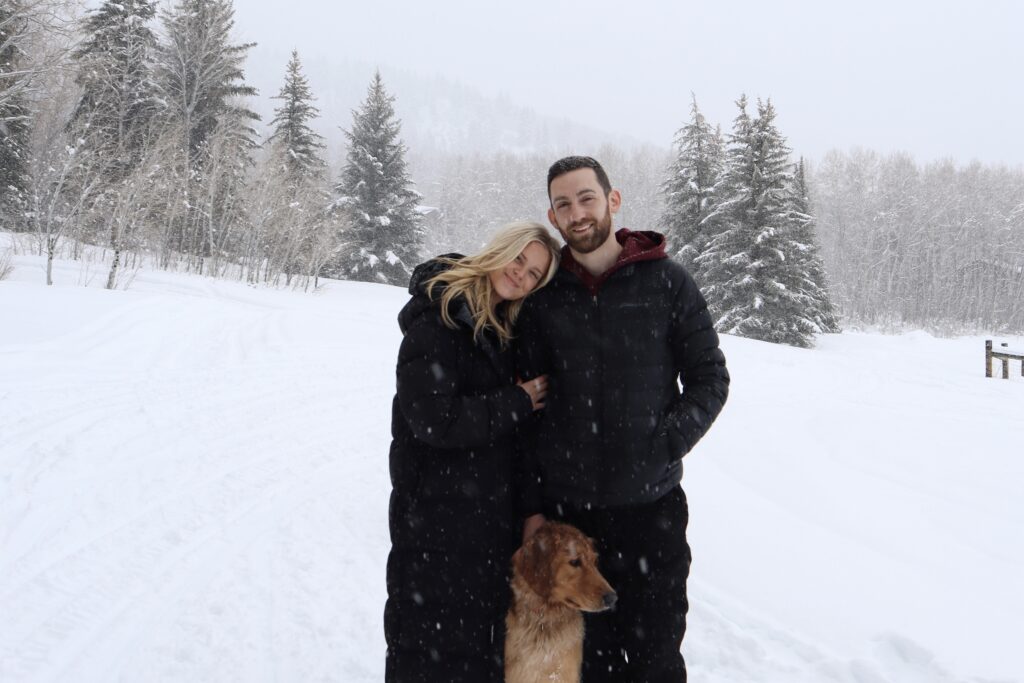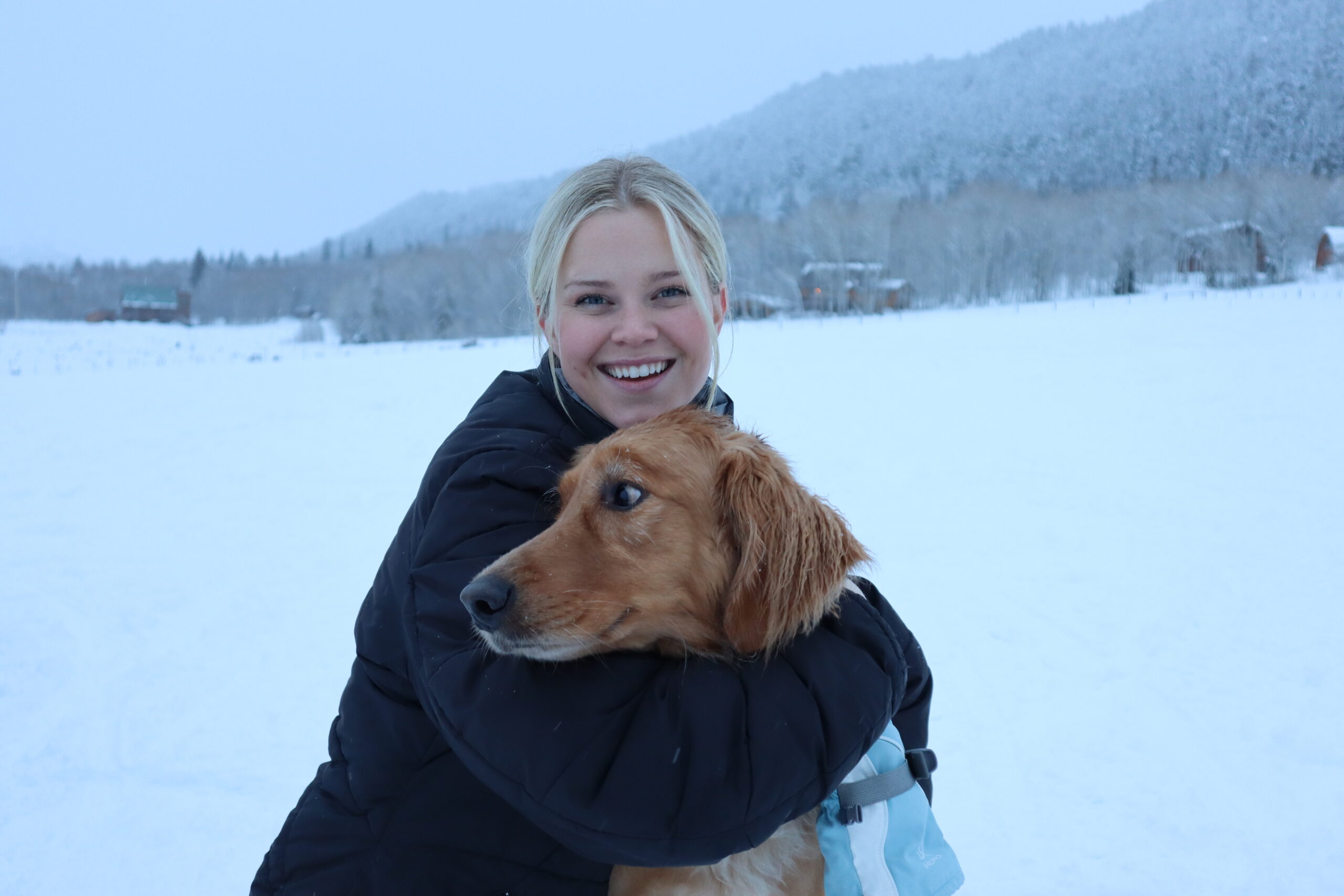Begin Again: Taking Time to Rest
Most dancers are hard workers who believe they have succeeded in part because of their diligence. When that “never quit” energy morphs into never taking time to rest, however, you’ve got a recipe for burnout. According to New York City–based mental performance coach and mental health counselor Liv Massey, burnout is a response to chronic stress over time, which can lead dancers to stop enjoying what they love most in the world. And once you’re burned out, “it’s really hard to come back,” Massey says. “We don’t want to see any high-level performer get to the top of their career and hate it.”
The solution? A burnout prevention plan that prioritizes intentional and well-considered rest.
In previous columns I’ve shared that I was taught that a day off in dance was like a week off in any other sport. Rationally, I understand that isn’t true, but you can imagine the internalized fears I have around the subject. According to Massey, one of the most important elements of sustained performance is understanding rest and when to take it. “You need to gain the skill of listening to your body and not just pushing forward,” she says. Rather than hurting your dancing, Massey explains, taking a break from time to time can actually help it.
How to Know When It’s Time to Take a Break
“There is a difference between intentionally choosing to take a break and giving in,” Massey says. “It’s helpful to talk to an expert, coaches and trusted teachers if you’re struggling to know when to take some time off. But if your body is burdened with physical wear and tear and/or mental fatigue, and you are finding yourself dancing on autopilot without joy, it’s likely time.”
There’s No Secret Equation
“Everyone’s body and mind respond differently to the stress of what they are doing,” she says. “The company or show you are dancing for will affect the potential for burnout. Listen to all the factors, and regularly take stock of yourself and where you are at. If you are at 70 percent burnout, it is probably time to make a plan. Some people can take mini breaks five or six times per year, and some might only need it once per year. The trick is to listen to yourself.”

Rest Should Be Thoughtful
“Set boundaries by planning specific start and end dates for when you will unplug from dance,” Massey says. “Try not to just take a random day off because you’re tired. That’s just giving in to an emotion in the moment. It gives yourself the message that what you’re doing is too hard, that you can’t actually do it or there are limits to your capacity. Instead, schedule rest ahead of time, and stick to your plan. Commit to returning after a set amount of time, so that while you rest, you don’t need to be worrying about the fact that you’re not dancing. If you’re stressed, you’re not really resting.”
Make the Most of the Time Off
“Be present and mindful,” she says. “Balance out the human side of you and the dancer side of you. This rounds us out as real people. Listen to your body and give the parts of you that hurt some love. Take an Epsom salt bath, get a massage, do things that are self-care-based. That is not doing nothing. That is doing something important.”
Head on over to Dance Magazine’s YouTube channel to see what this thoughtful rest and recovery looks like in action!




